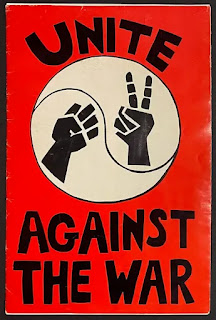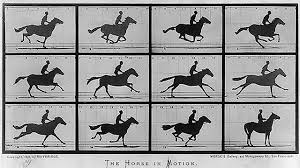The Sherman Anti-trust Act passed in 1890, is a significant piece of legislation in U.S history. It was enacted in response to the rise of monopolies and trusts during the Industrial Revolution. Before the Sherman Anti-trust Act, the U.S. government adopted a laissez-faire approach to regulation, believing it would foster rapid economic growth. While it did spark an increase in productivity and overall economic activity, it also allowed large corporations to cultivate monopolistic power, dominating entire industries. Monopolies like these often lead to to inflated prices and reduced innovation, posing consumer risks.
The U.S. government created the Sherman Anti-trust act to address the issue of monopolies and support a free market. The act consists of two key sections: section 1 prohibits contracts and conspiracies that restrain trade and commerce between states or foreign nations, and section 2 makes it a felony to monopolize or attempt to monopolize any aspect of interstate trade or commerce. The act was passed with overwhelming support, marking one of the first instances in which the federal government took action to regulate business for the public good.
Over the years, the significance of the Sherman Anti-trust Act has become increasingly apparent through its application in legal battles against powerful corporations. Major companies such as standard oil, which was broken up in the early 20th century, AT&T in the late 1980s, and Microsoft in the late 1990s, have all face scrutiny and legal challenges under the Sherman Anti-trust Act. These high profile cases have demonstrated the acts effectiveness in maintaining a competitive marketplace and its modern relevance in addressing anticompetitive practices.
In conclusion the Sherman Anti-trust Act is vital in preventing monopolistic behaviors and establishing a critical legal framework for federal businnes regulation. By promoting lower prices and higher quality products, enhancing choices for consumers, and encouraging increased innovation, the act continues to be a key element of U.S. economic policy.




